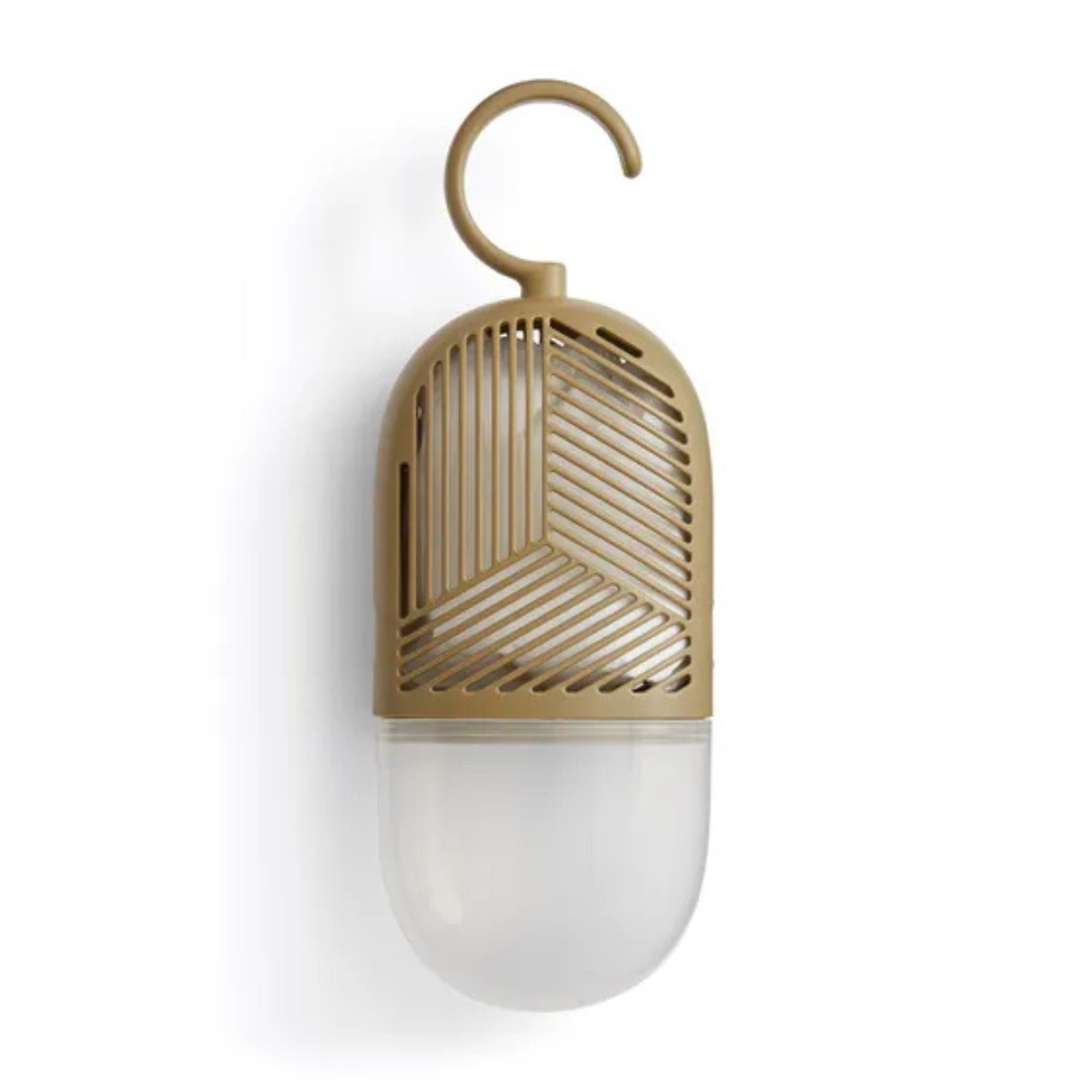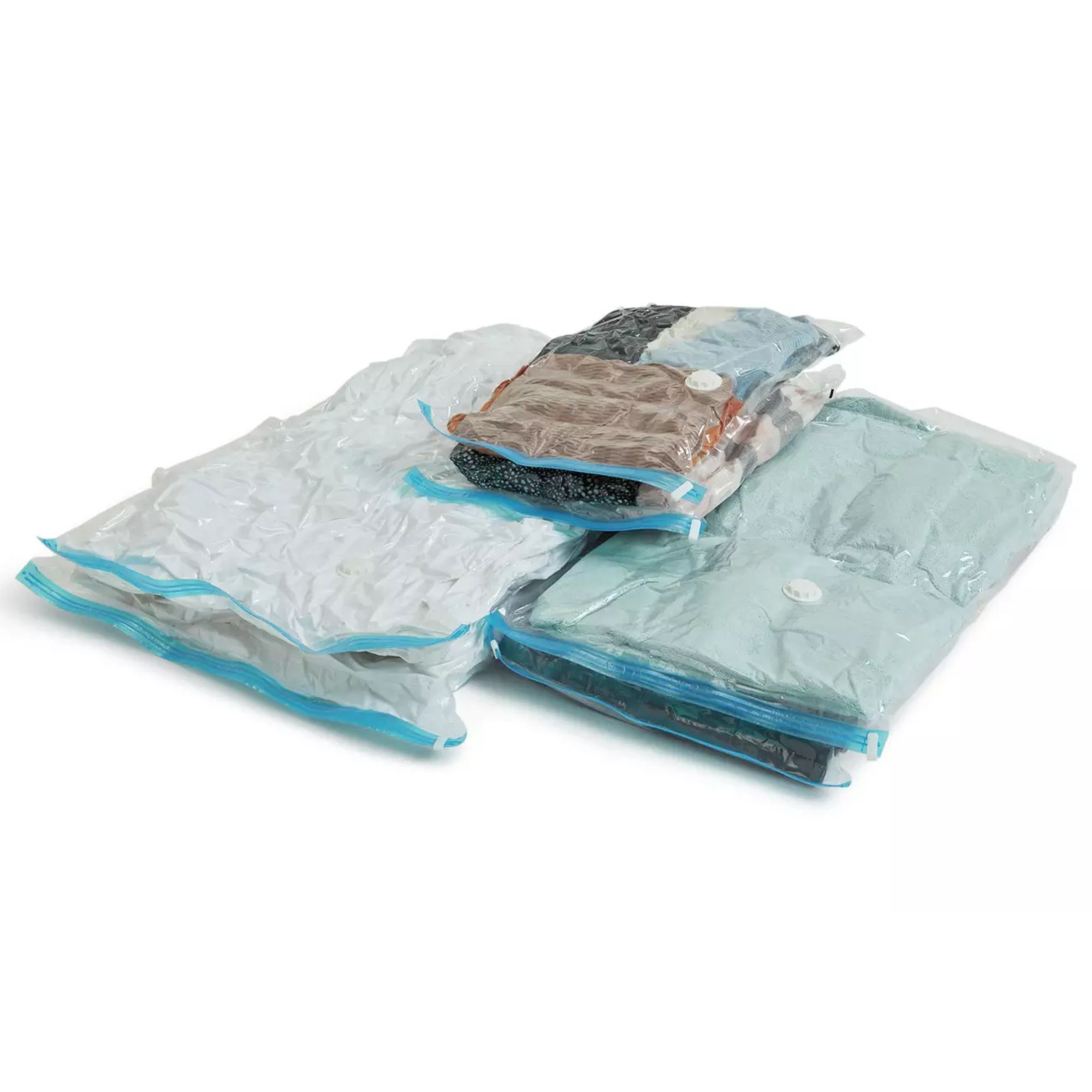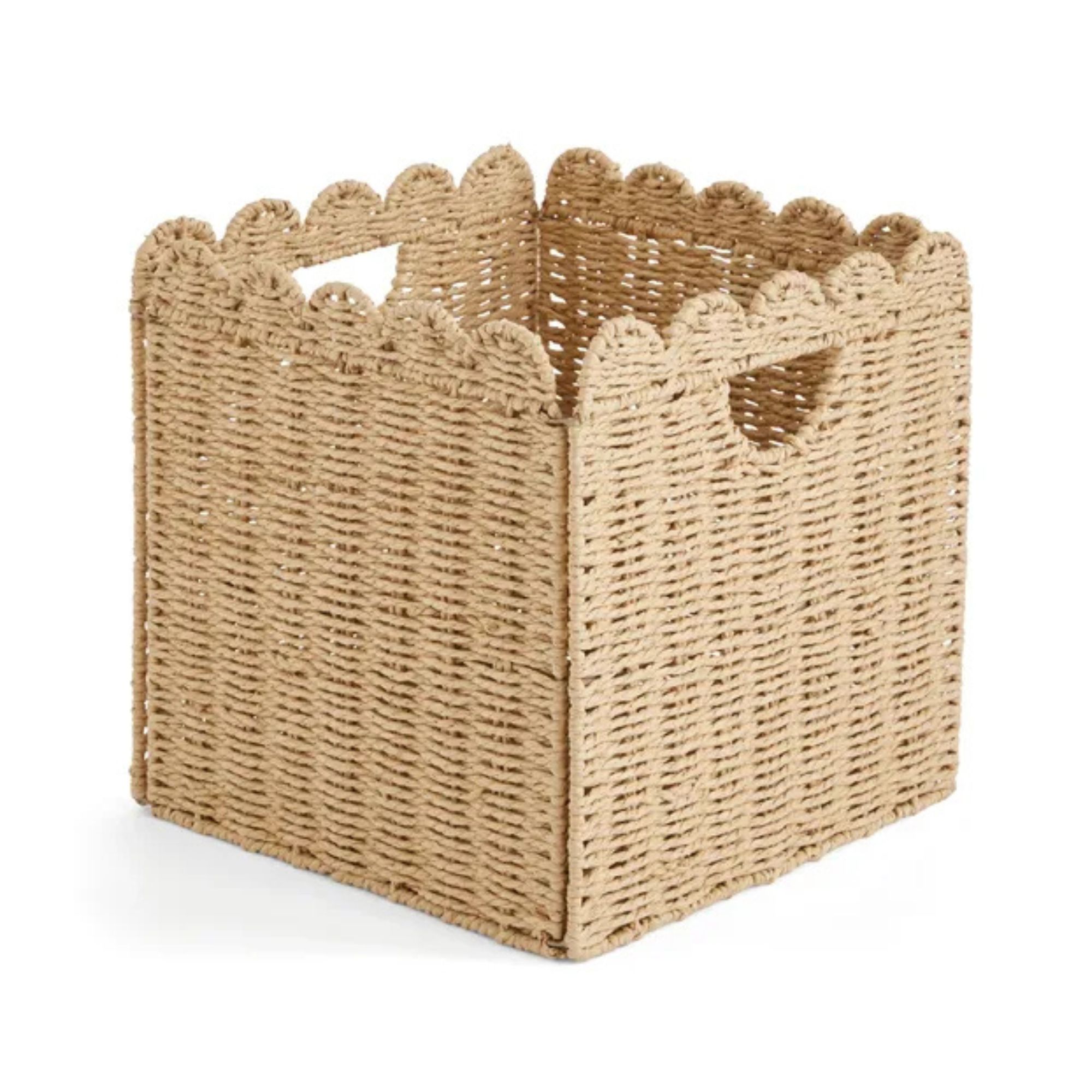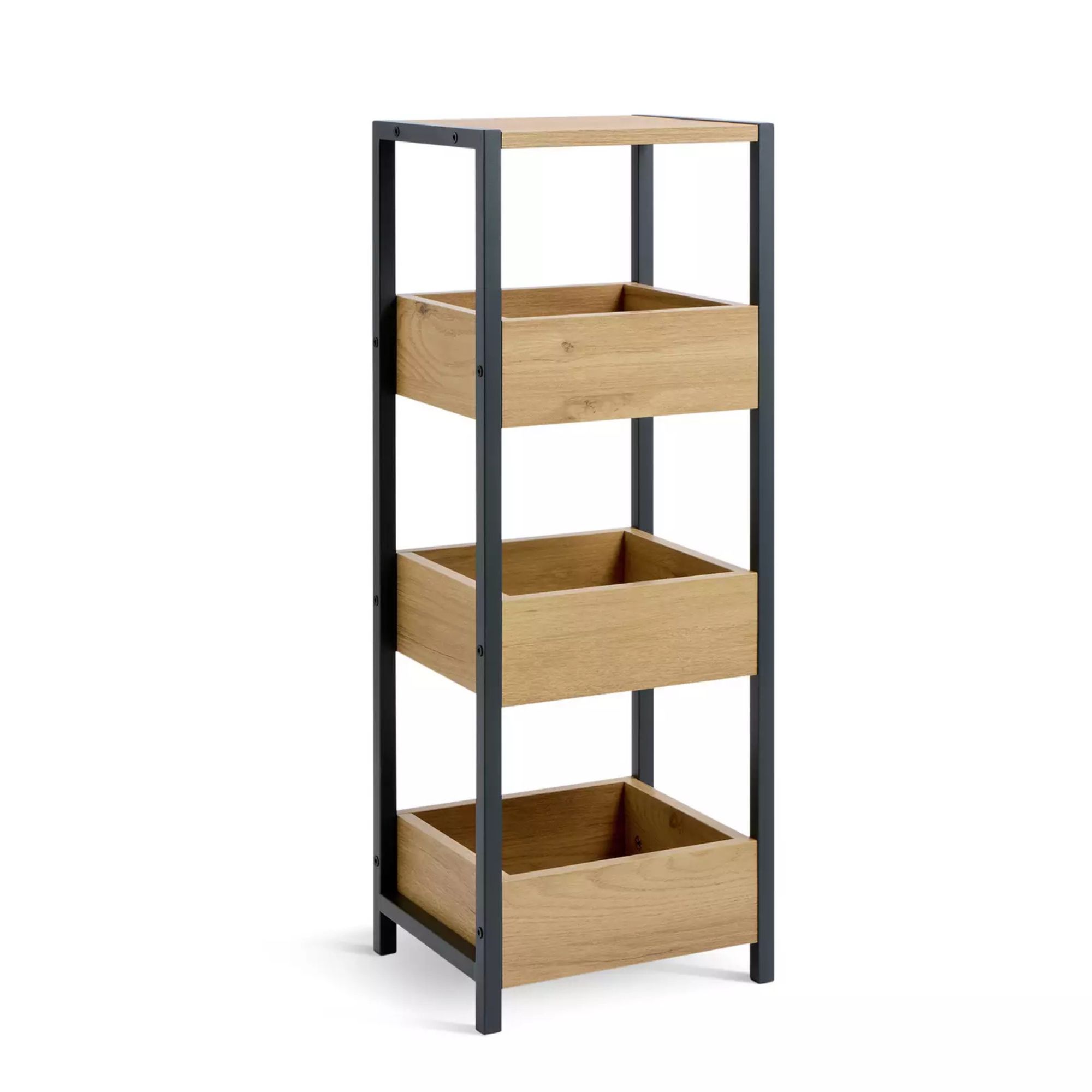‘They’re silent absorbers of moisture’ – the 4 things you need to declutter to prevent damp in your home, according to the pros
Keep your home cosy and damp-free this winter
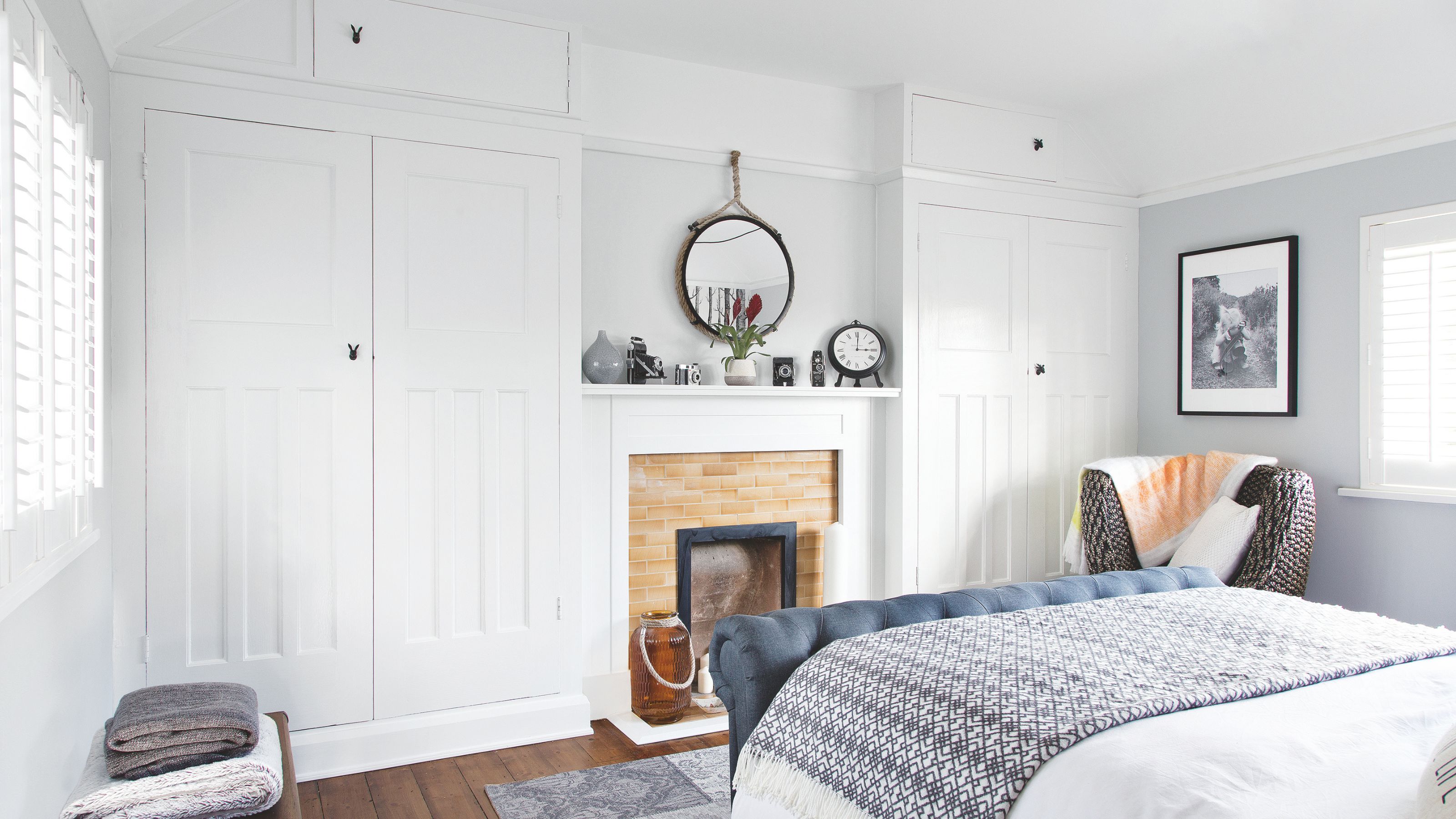

EDITOR’S NOTE: An earlier version of this article included a quote from a purported expert whose credentials we have not been able to verify. The quote has been removed. We regret this lapse in our verification process and have updated our internal protocols to reduce the risk of recurrence.
If you’re anything like me, you probably want to enter hibernation mode as soon as summer is over. You want your home to be warm and cosy, and filled with all of your favourite things. But before you do that, it’s important to declutter to prevent damp, so it’s not too full.
Yes, keeping damp at bay should be on everyone’s radar during the colder months of the year. And while there are so many benefits to decluttering, with many of them revolving around your mental health and the enjoyment you get out of your home, most people don’t realise that decluttering is also key to a damp and condensation-free home.
That’s why now is the perfect time to declutter to prevent damp, improve much-needed airflow and give your home some TLC this autumn. And I’ve asked professional declutterers and organisers for their top tips on the best way to do this, so you don’t get any unwelcome surprises later down the line.
How clutter can lead to damp
As someone who lives in a compact and damp Victorian home, I know from experience that the rooms with the most clutter are those most affected by wet patches on the walls - and even mould growth. This is something that Shannon Murphy, Professional Organiser and Founder of Simpl Living Co, has seen throughout her career, too.
She says, ‘Having worked in some extremely cluttered homes, I’ve seen firsthand how clutter can cause damp and mould. Every item we keep in our homes takes up space, and when items are stacked on top of each other or against a wall, especially an exterior wall, it prevents air from flowing behind and around it, creating the perfect conditions for damp and mould to form.’

Shannon Murphy is the founder of Simpl Living Co and minimalist-minded professional organiser based in West Sussex. Her mission extends beyond merely assisting individuals in decluttering, although that is an important aspect. Her overarching goal is to empower people to adopt a life free from the societal stereotype that buying more will make you happy.
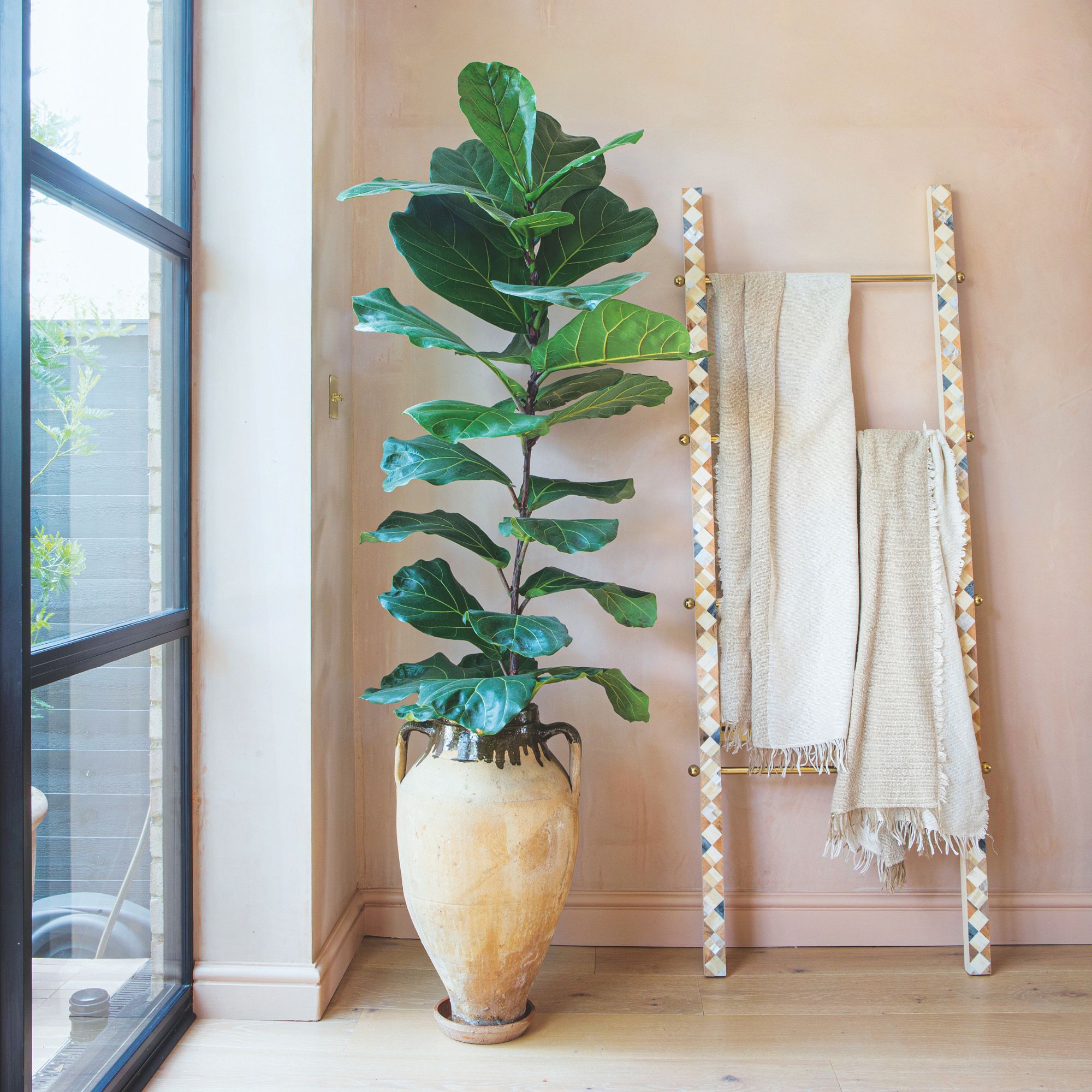
In fact, it's this trapped moisture build-up that ultimately increases the humidity in a room, leading to condensation, which can then cause mould. And because this condensation is hidden behind the clutter, it’s easy for it to go unnoticed.
And while everyone knows that the best dehumidifiers are ideal for reducing the humidity in a room and preventing damp, they’re not miracle workers - especially in cluttered homes. That’s why it’s important to take the extra step of decluttering.
Sign up to our newsletter for style inspiration, real homes, project and garden advice and shopping know-how
4 things to declutter to prevent damp
Working your way through a full decluttering checklist can be both difficult and time-consuming, which is why experts suggest focusing on a few key items and rooms when decluttering to prevent damp.
1. Paperwork and books
I recently decluttered my overflowing bookshelves (and the many piles of books on the floors), and I can’t begin to describe how transformative it has been - especially as I was able to get some cash for them by selling them through World of Books, too. But it’s important to declutter anything made from paper or cardboard if you can.
Max Wilson, Co-Founder at Pocket Storage, warns, ‘Paper clutter is a silent absorber of moisture. Stacks of old newspapers, magazines and cardboard boxes can soak up damp from the air. Recycle what you don’t need and store important documents in airtight plastic folders or bins.’ In fact, swapping cardboard boxes for airtight plastic containers with lids like these Really Useful 3 x 62L Nesting Boxes (£33 at Argos) will protect what you keep from ruin, too.
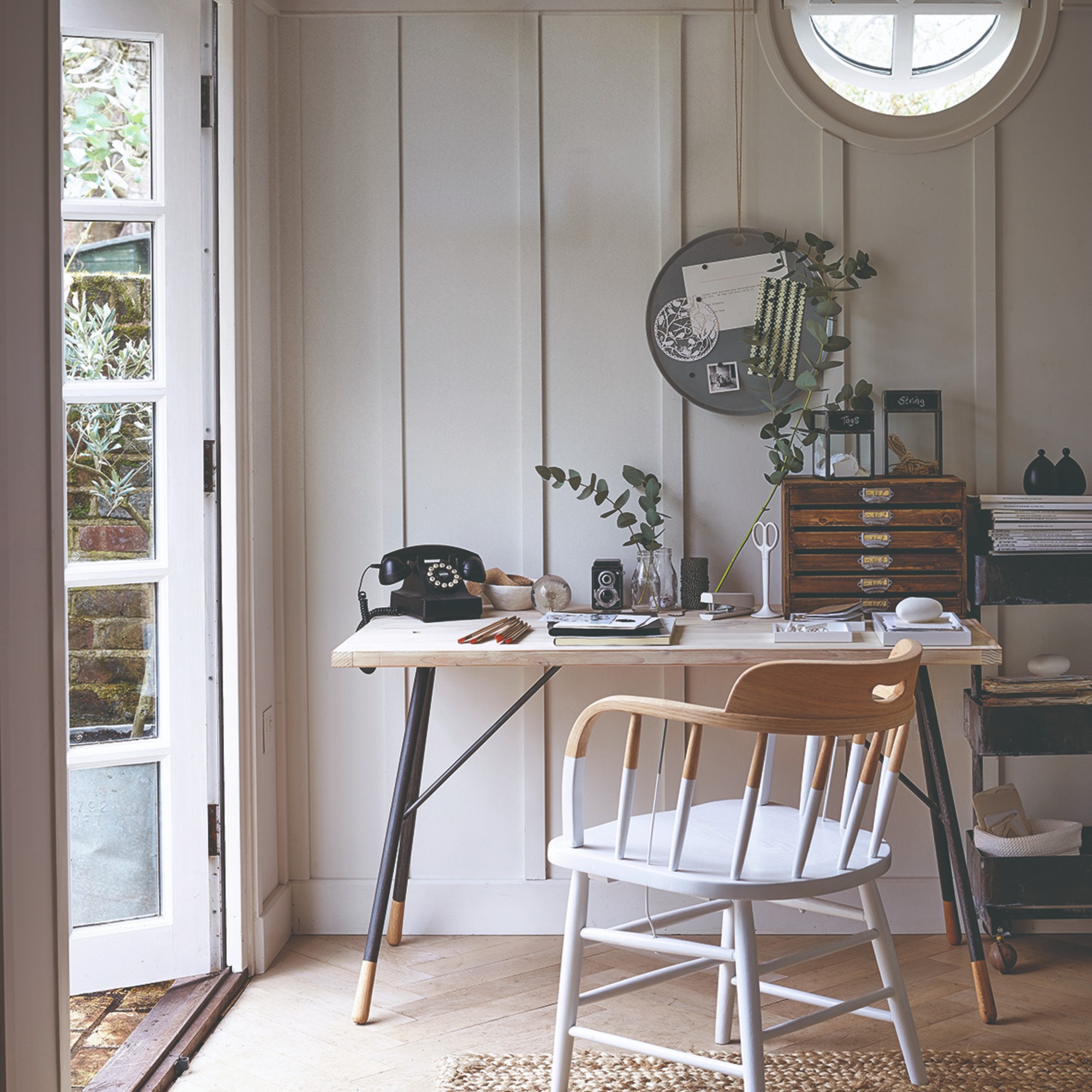
2. Wardrobes and cupboards
It’s always worth decluttering your wardrobe every so often, but even more so in the winter months, where condensation and damp are so prevalent. After all, Sophia Lorimer, Sustainable Stylist and Decluttering Expert and the Founder of Fine-Tuned Wardrobe, explains, ‘Wardrobes, under-bed storage, and drawers are the biggest offenders. When they’re overpacked, fabrics can’t breathe and moisture gets trapped.’
She advises, ‘Pull everything out, give the space a proper clean and air it out. Then, only return what you truly love to wear or use. A good rule of thumb is to leave about a hand’s width of space between hanging items for optimal airflow.’ For extra peace of mind, I’d also suggest using something like this Nyxi Set of 12 Hanging Interior Wardrobe Dehumidifier (£12.97 at Amazon) to keep excess moisture at bay when you’ve finished decluttering.
3. Humid rooms
From cooking to showering and even drying laundry, everyday actions can make some rooms of your room more humid than others. So, when decluttering to prevent damp, it’s important to focus more on these rooms, as they are most likely to suffer from future mould build-up. In fact, I declutter my bathroom every couple of weeks to keep moisture at bay.
Ingrid Jansen and Lesley Spellman from The Declutter Hub suggest, ‘Bathrooms, kitchens and utility rooms naturally generate more moisture. If you’ve got piles of towels, overflowing laundry baskets, or cluttered corners in these areas, it’s worth decluttering and simplifying your storage so damp has fewer places to settle.’
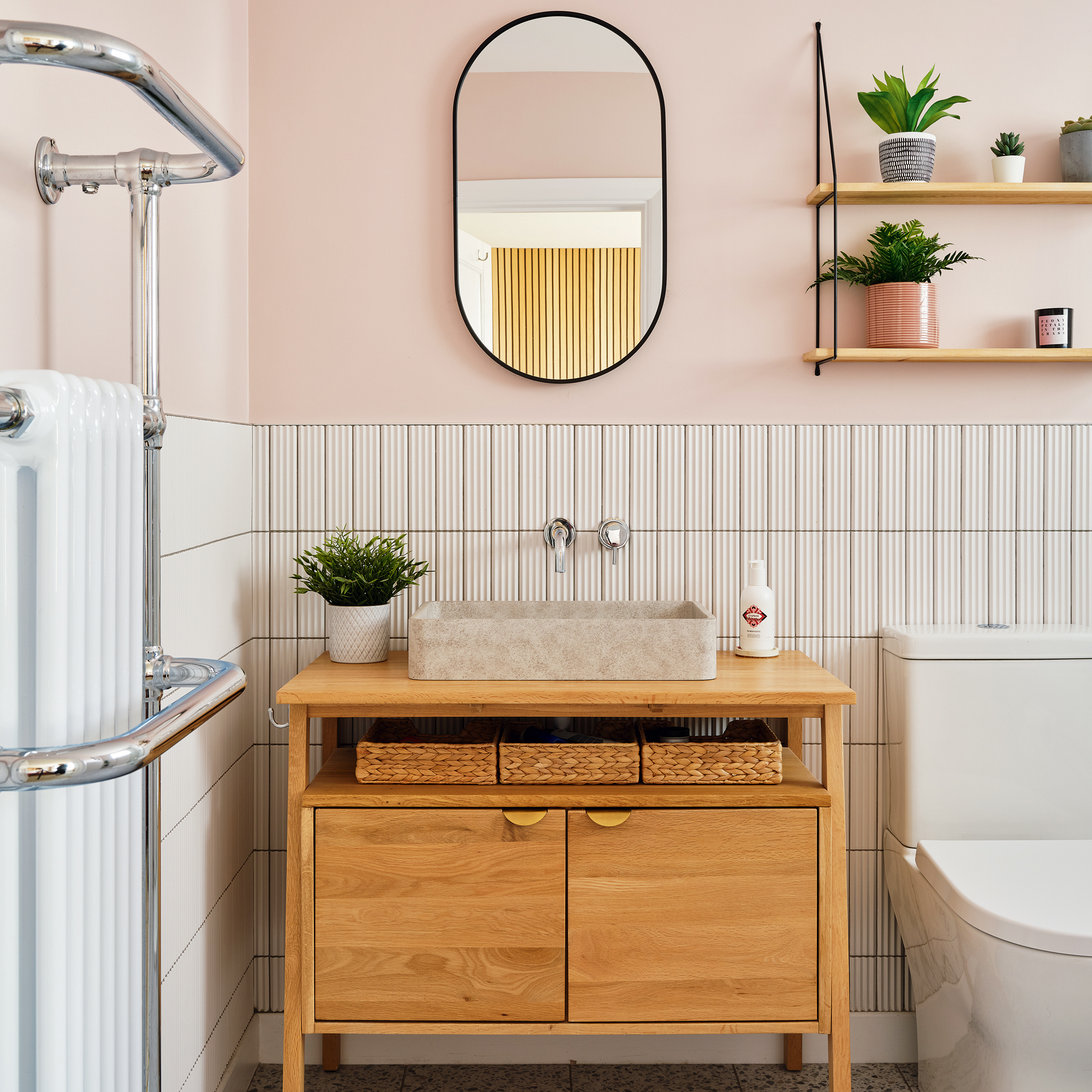
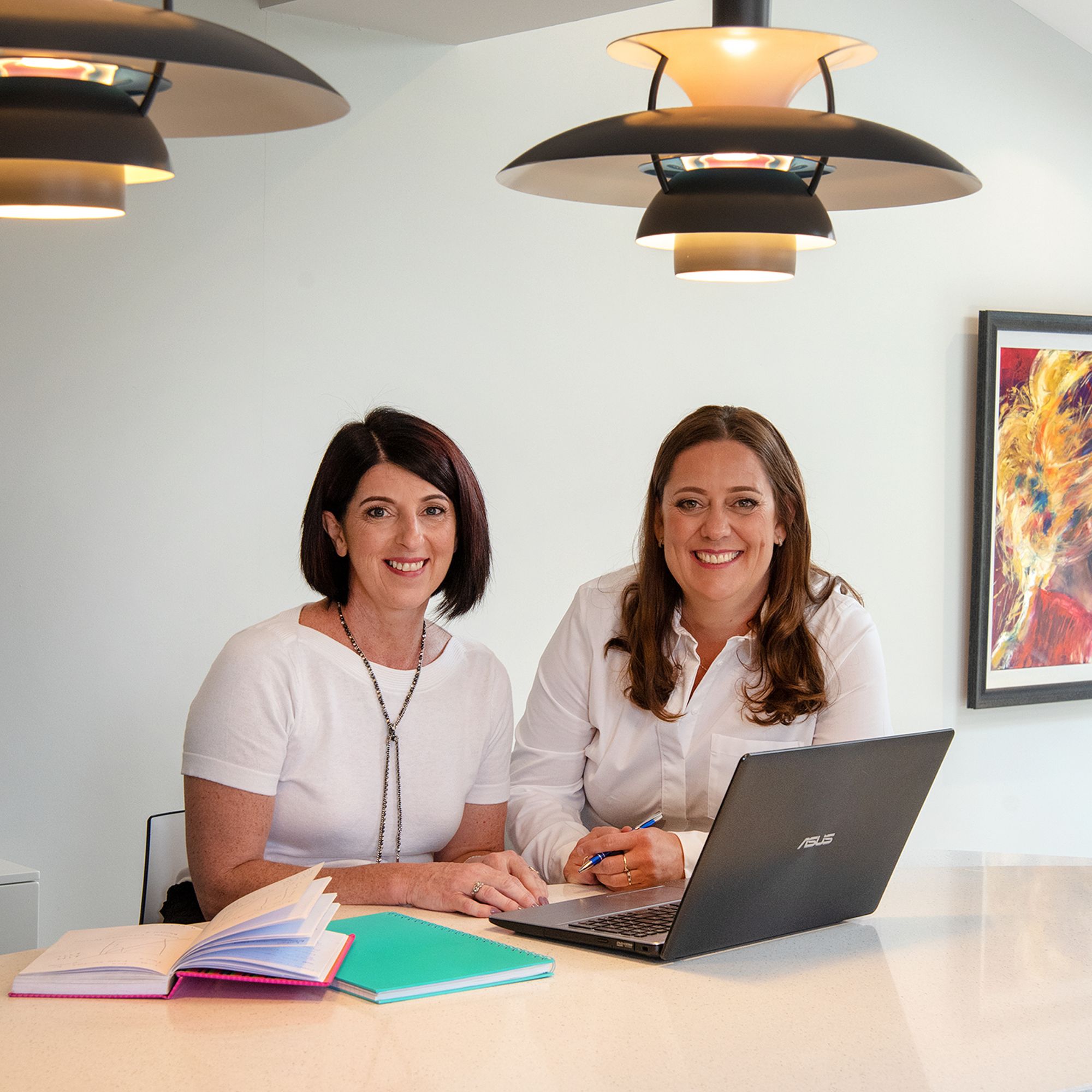
Ingrid Jansen and Lesley Spellman are the UK’s leading authority on decluttering and organising your home as The Declutter Hub, which boasts a top one percent podcast with more than 2.5 million downloads, and a Facebook community of 60,000 members.
4. Lofts and garages
When decluttering to prevent damp, it can be easy to focus on rooms that you use every day - including the ones you eat, sleep and live in. But Max warns, ‘Don’t forget about less-visible zones like lofts, garages and utility rooms. These are often the most overlooked spaces.’
He adds, ‘Keep items off the ground using shelving and double-check that vents and windows aren't blocked by stored boxes, as proper airflow is key to reducing dampness.’ After all, damp can spread quickly through shared walls, and especially in older homes, so utilising damp-proof storage solutions like this SONGMICS 5-Tier Heavy-Duty Shelving Units, Set of 2 (£42.99 at Amazon) can help to spread things out.
Extra tips to prevent damp in the home
1. Move furniture away from the wall
Airflow is key to a damp-free home, which is why you need to take stock of how your furniture placement can prevent mould. Ingrid and Lesley explain, ‘If furniture or boxes are pushed up tightly against external walls, particularly in older homes, they can trap condensation. Leave a small gap between your belongings and the wall so air can flow and moisture doesn’t get trapped behind. This is especially important in basements, attics, or rooms with limited ventilation.’
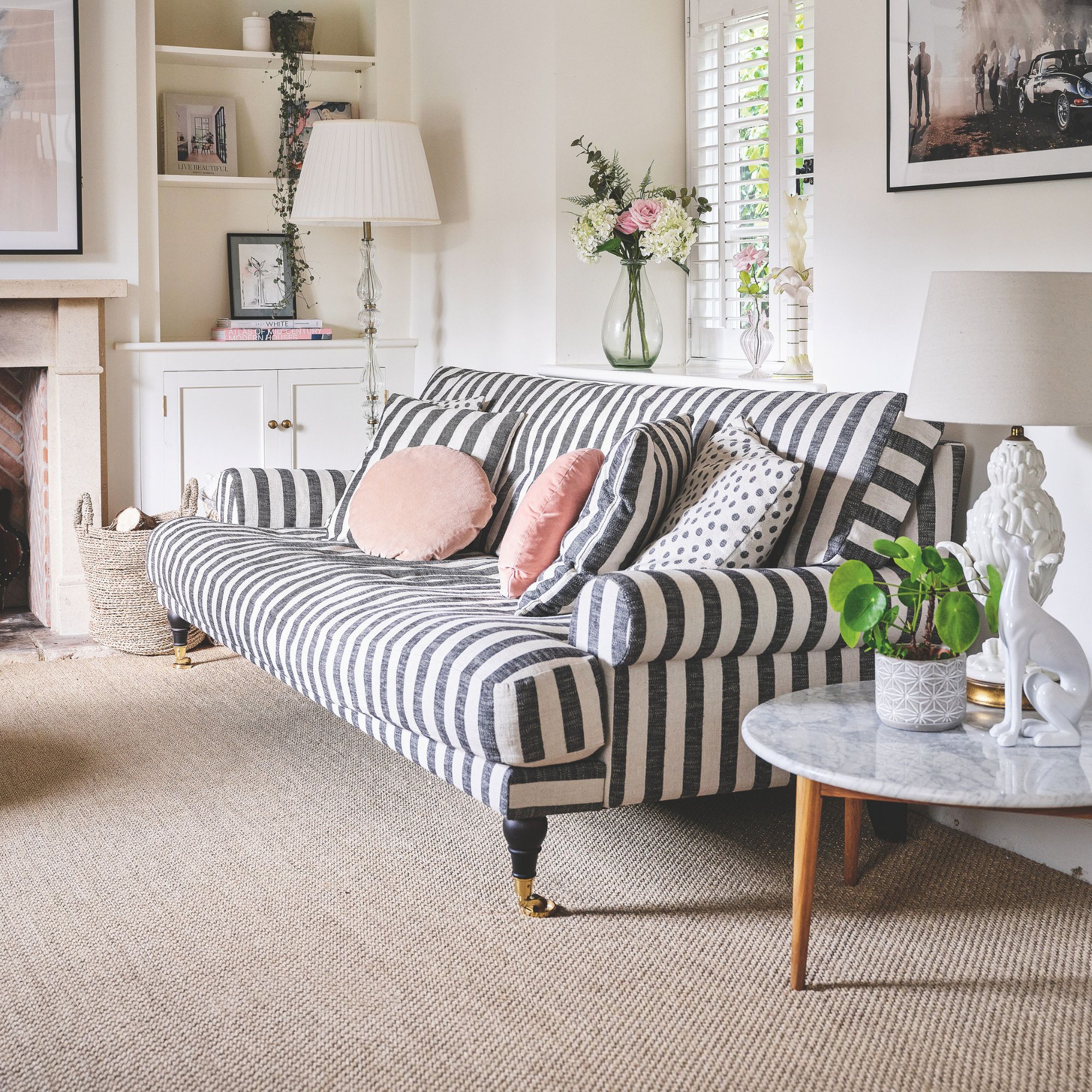
2. Clean regularly
One of the best ways to avoid cleaning mould from walls or ceilings is to prevent it in the first place - and keeping on top of cleaning your home can help with that. ‘Some practical ways to reduce the risk include cleaning regularly. It is much easier to do with fewer items, as dust and dirt can hold moisture that feeds mould spores,’ says Shannon.
3. Use smart storage solutions
There are so many products that will transform the way you declutter your home, and employing smart storage solutions can also help to prevent damp.
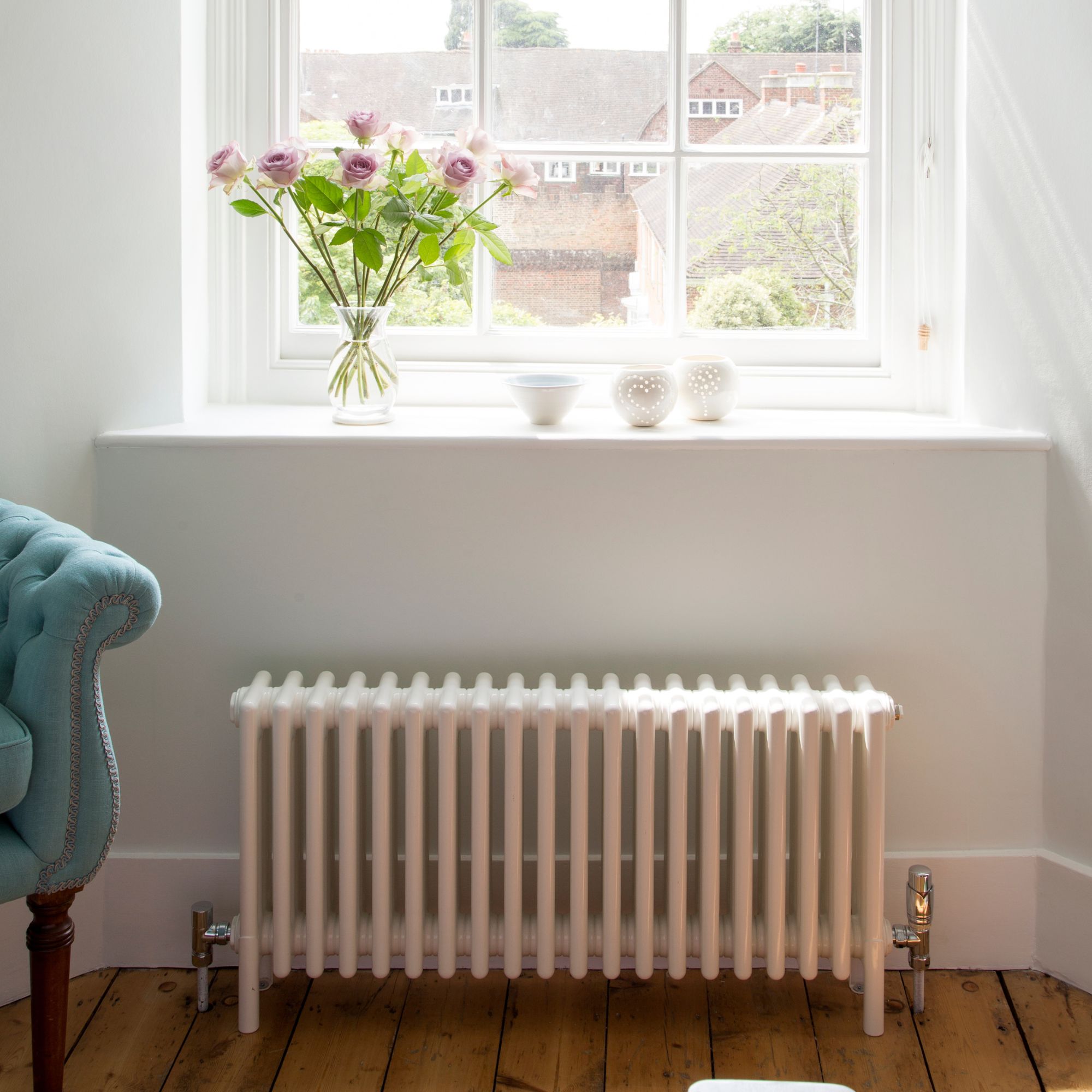
4. Air out your home
There’s a reason why so many German rituals have made their way across the pond, and Andy Sims from MyBuilder.com is a huge fan of employing them while decluttering to prevent damp.
He explains, ‘Ventilation can also be improved with a German technique called Stoßlüften - translating to 'shock ventilation.' The trick is to open all of your windows for 10 minutes in autumn, or five minutes in winter, twice a day, and you will let moisture out of your home in place of cold and dry air.’
5. Check for issues
The act of decluttering to prevent damp is also the perfect way to check for more serious issues in your home, especially if you’re not sure what type of damp you have.
‘Decluttering forces you to move things, which is the perfect time to check for early signs of damp like peeling paint, musty smells, black spots of mould, or condensation build-up,’ say Ingrid and Lesley. ‘The sooner you spot it, the easier it is to deal with.’
Damp-proofing decluttering essentials
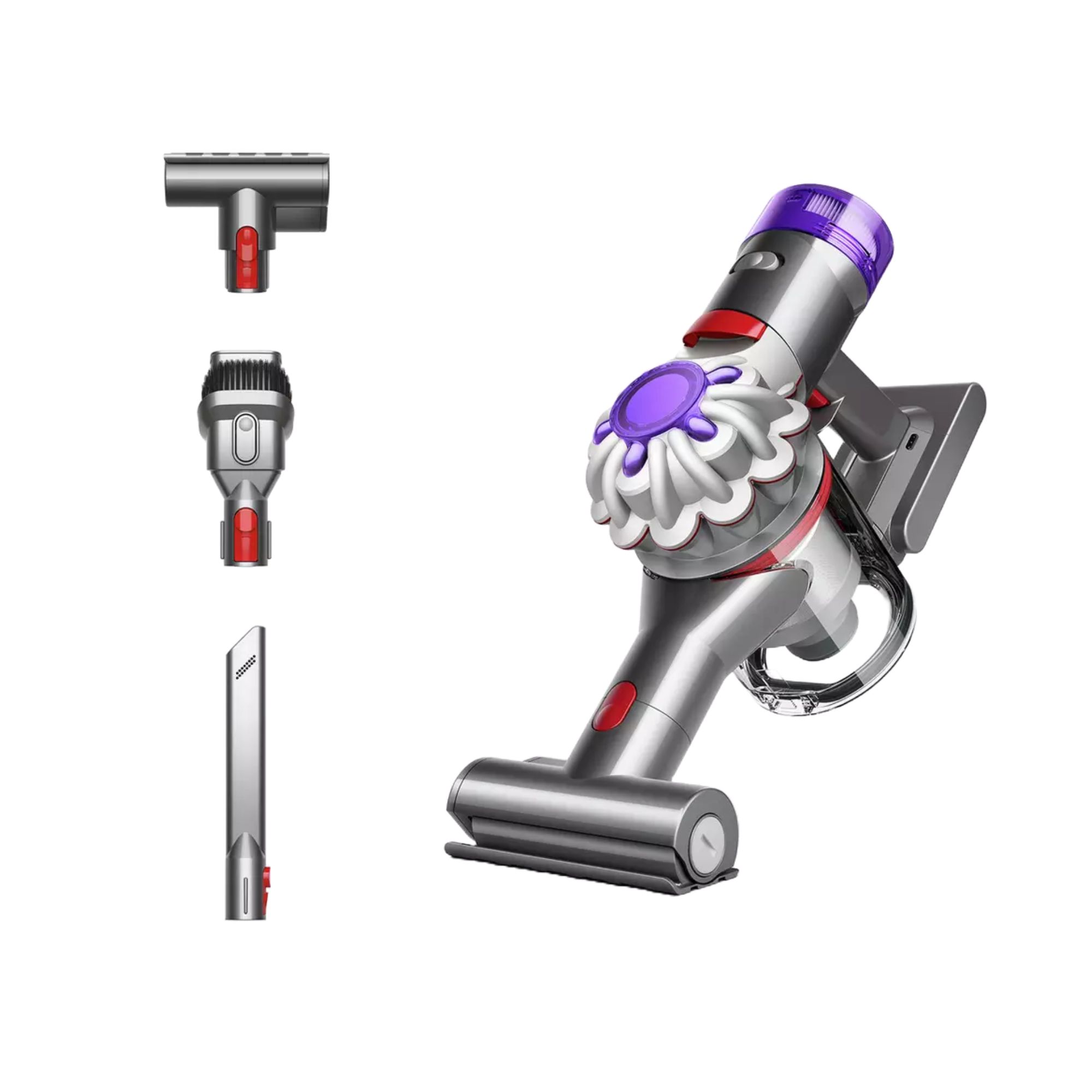
Having one of the best handheld vacuums to hand when you're decluttering is key, as you can get into the smaller nooks and crannies of your home. This way, you can remove dust that could potentially harbour mould spores.
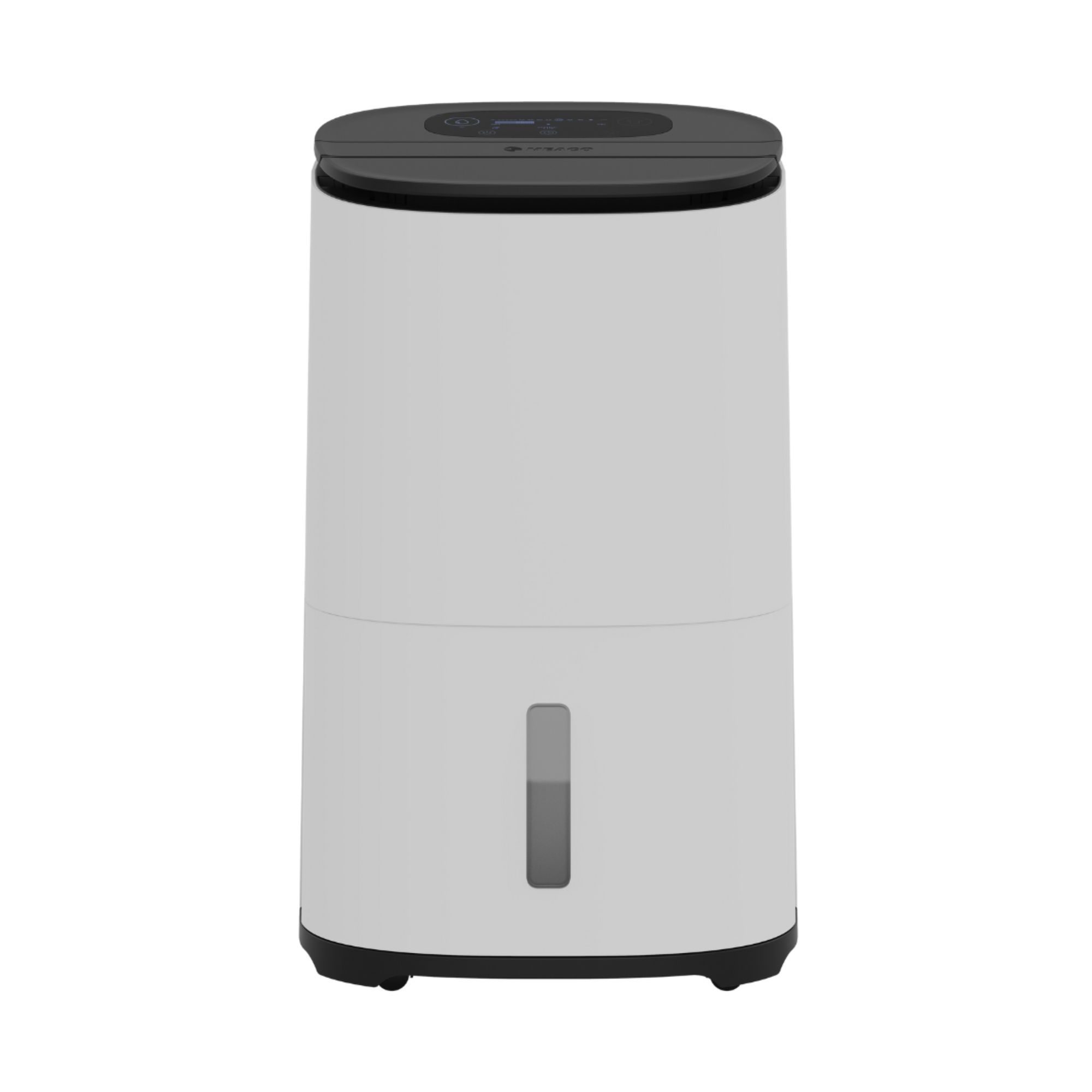
Crowned the 'best overall' dehumidifier in our guide, this model won't just help to reduce the moisture levels in your home this winter. As it also comes equipped with an effective HEPA filter, it can also remove any musty, damp smells. Read our full review here.
So, now you know what to declutter to prevent damp... it's time to get started!

Lauren Bradbury has been the Content Editor for the House Manual section since January 2025 but worked with the team as a freelancer for a year and a half before that. She graduated with a Bachelor’s degree in English and Creative Writing from the University of Chichester in 2016. Then, she dipped her toe into the world of content writing, primarily focusing on home content. After years of agency work, she decided to take the plunge and become a full-time freelancer for online publications, including Real Homes and Ideal Home, before taking on this permanent role. Now, she spends her days searching for the best decluttering and cleaning hacks and creating handy how-to guides for homeowners and renters alike, as well as testing vacuums as part of her role as the Ideal Home Certified Expert in Training on Vacuums, having spent over 110 hours testing different vacuum models to date!
